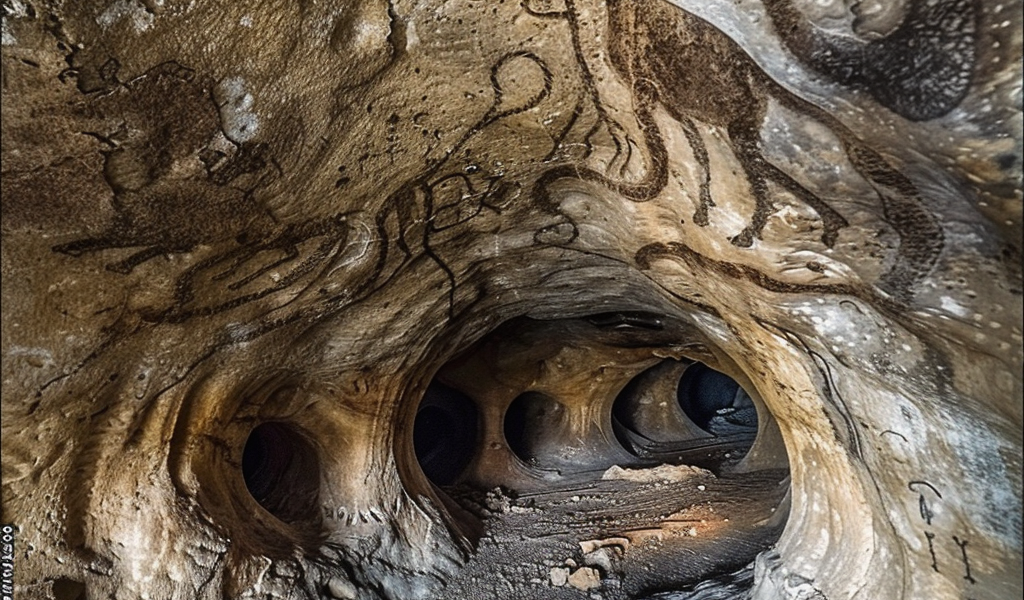Recent archaeological findings in Saudi Arabia have unveiled a fascinating aspect of ancient human life in the Arabian Peninsula. Researchers have unearthed evidence suggesting that humans occupied ‘lava tubes’ thousands of years ago, seeking refuge from the scorching heat above ground.
The study, published in the journal PLOS One, reveals that Neolithic herders utilized vast underground tunnels, known as lava tubes, as shelters to escape the harsh climate of the region. These tunnels, located in the Harrat Khaybar lava field near Medina, are believed to have been formed by lava flow millions of years ago.
Exploring the Umm Jirsan tunnel system, archaeologists have made remarkable discoveries, including rock art depicting animals such as cattle, sheep, goat, and possibly ibex. Additionally, the site has yielded a treasure trove of artifacts ranging from animal bones dating back 400 to over 4,000 years ago, to human remains spanning from 150 to approximately 6,000 years ago.
The findings shed light on the long history of human occupation in these underground spaces, with evidence indicating that people used the tunnels for shelter and even left behind objects such as cloth fragments, carved wood pieces, and stone tools. Lead study author Dr. Mathew Stewart expressed surprise at the extent of human activity within the lava tubes, emphasizing the potential of such underground sites to enhance our understanding of ancient societies.
This discovery underscores the importance of exploring underground archaeological sites like Umm Jirsan in filling gaps in our knowledge of past human civilizations. By delving into these hidden spaces, researchers are uncovering a wealth of information that could reshape our understanding of prehistoric life in the Arabian Peninsula.





